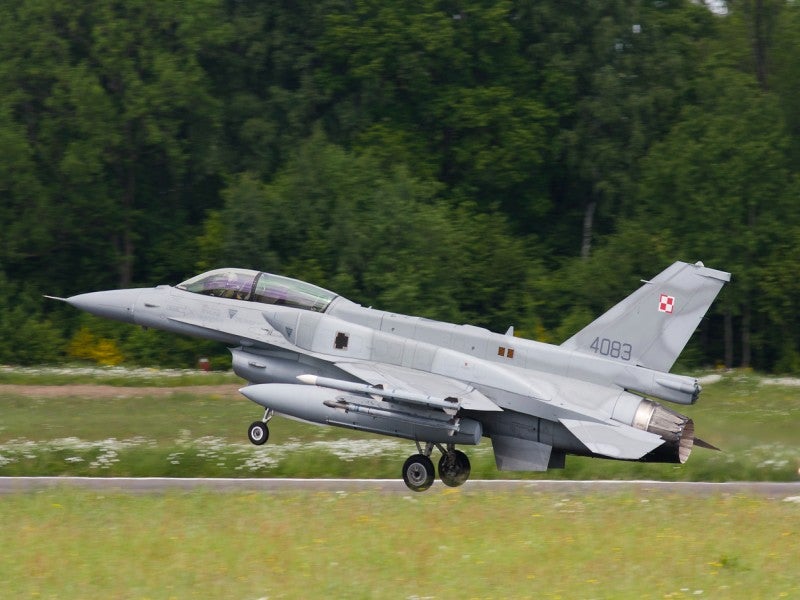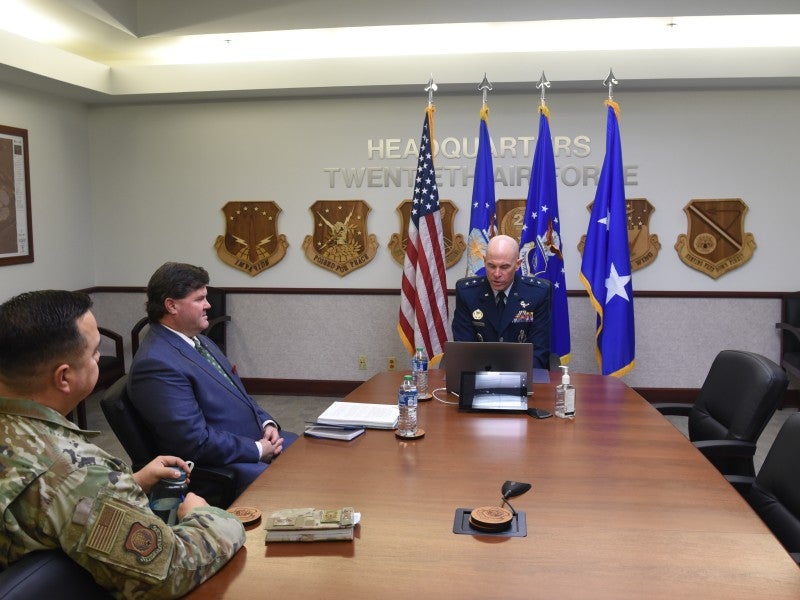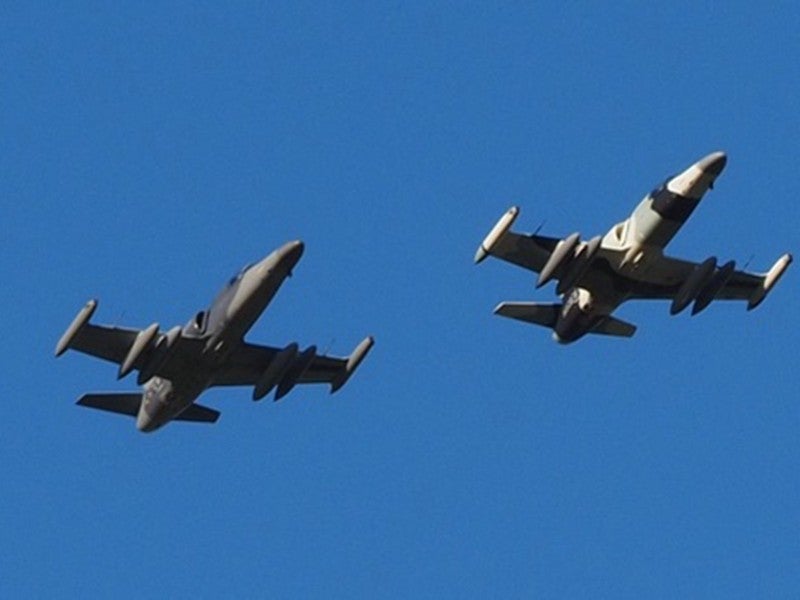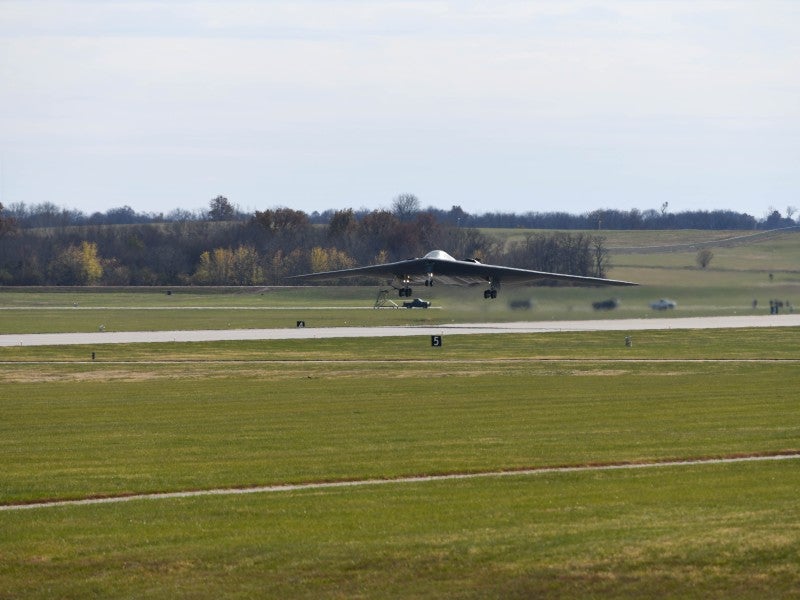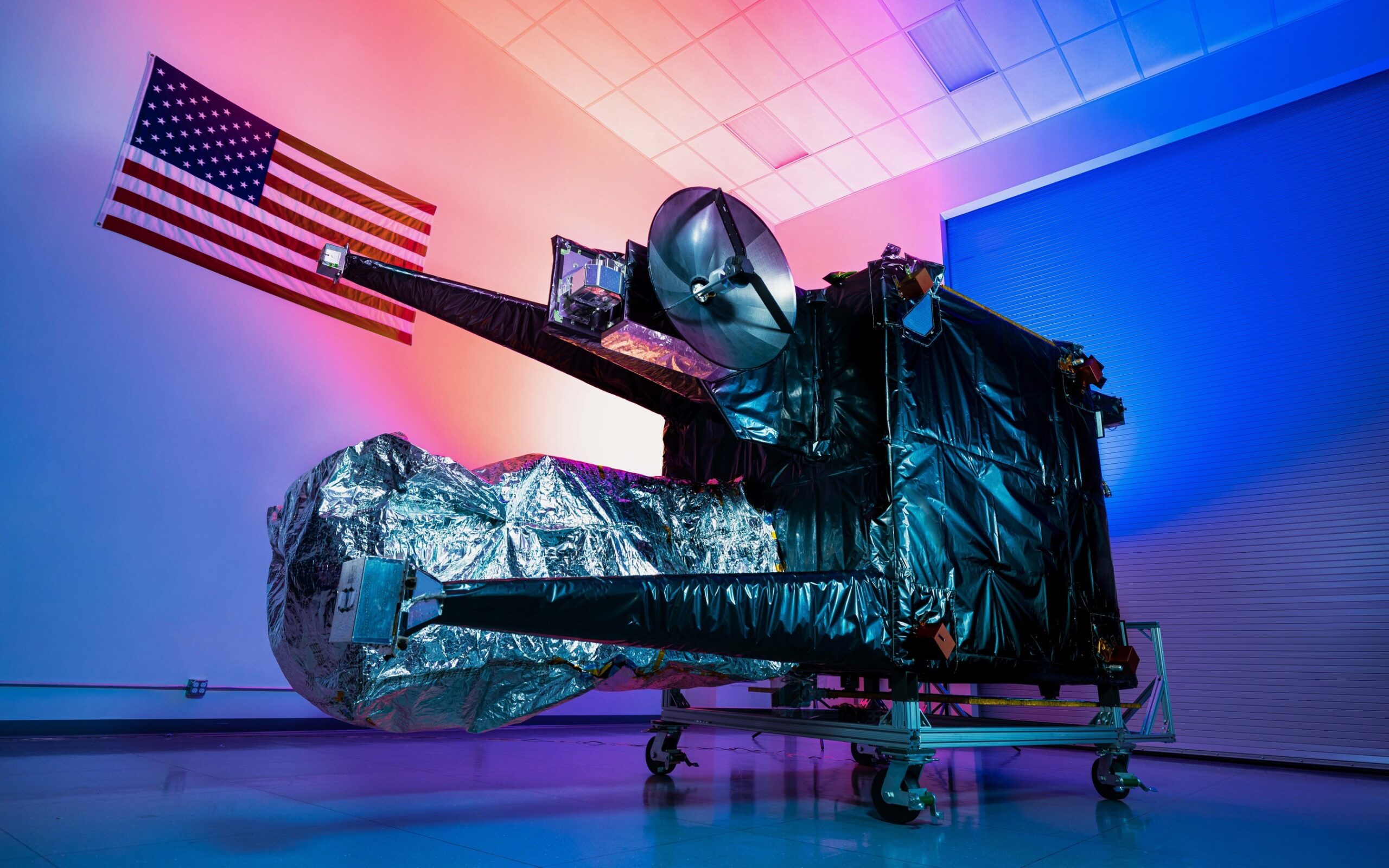
The US Space Force’s (USSF) geosynchronous Earth orbit (GEO) wide field of view (WFOV) testbed has gone online.
The announcement was made by Boeing’s wholly owned subsidiary Millennium Space Systems, which also said that the bus checkout is complete.
The GEO WFOV testbed was launched aboard the Space Systems Command’s (SSC) USSF-12 mission.
On 1 July, the SSC and its mission partners launched the USSF-12 mission from Cape Canaveral Space Force Station, Florida, aboard a United Launch Alliance’s (ula) rocket, Atlas V 541.
The GEO WFOV satellite was acquired by the US Naval Research Laboratory’s (NRL) Blossom Point Tracking Facility, which is now responsible for operating the satellite.
The data processed by the Blossom Point facility will be coordinated with the USSF’s Space Control Network.
NRL mission lead Lisa Anderson said: “First acquisition was right on time utilising the USSF’s Satellite Control Network.
“We look forward to getting WFOV to its operational location and conducting checkout with the dedicated WFOV antenna located in Geraldton, Australia.”
Designed, built and integrated by Millennium Space Systems, the GEO WFOV space vehicle is managed by the Nasa Ames Research Center.
The satellite also includes USSF’s sensor built by L3Harris Technologies.
According to Millennium Space Systems, the WFOV has been designed for a one-to-three-year life in the GEO.
The primary mission of this testbed is to explore if a single sensor can perform strategic and tactical missions while monitoring around one-third of the Earth’s surface simultaneously.
Millennium Space Systems CEO Jason Kim said: “With WFOV online, we’re going to see critical data that will inform future Overhead Persistent Infrared (OPIR) architecture.
“We’re excited for what’s next! Thank you to USSF Satellite Control Network and ULA for a great ride.”

